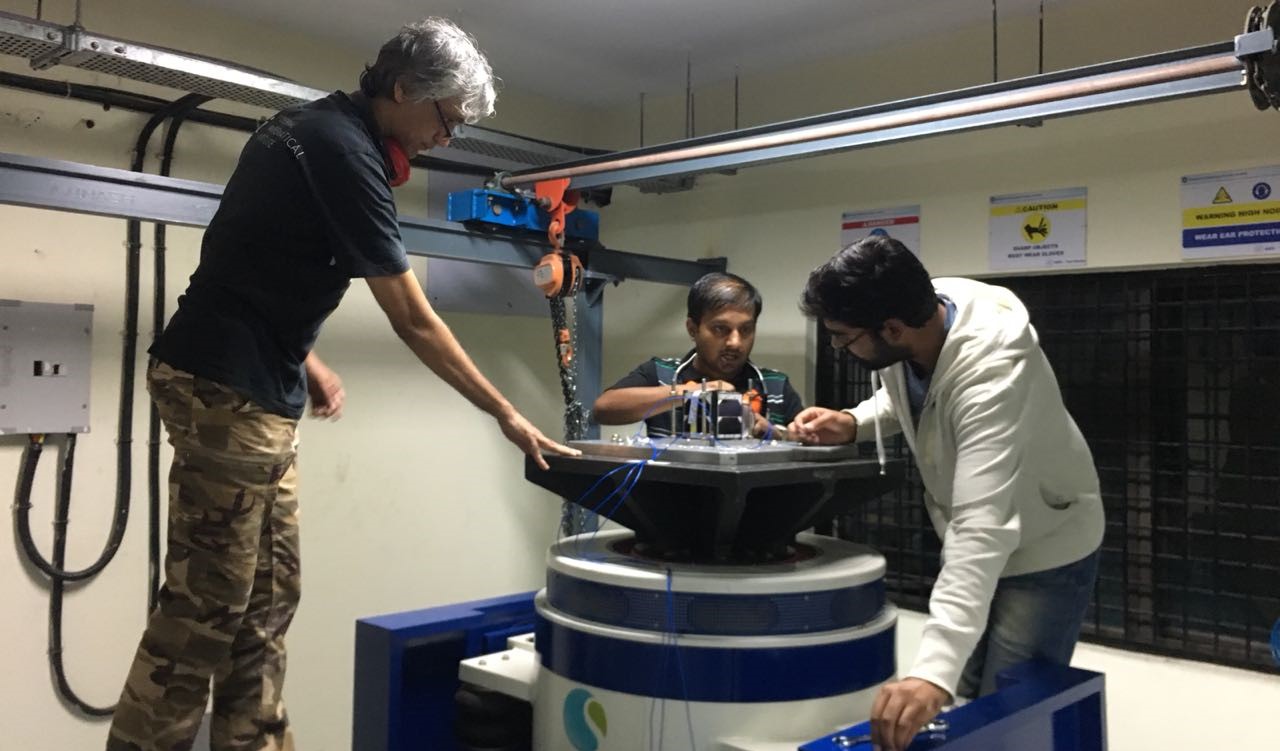Digitization is the process of modifying analog information into digital data. With the aid of an electronic scanner, information is definitely transformed via images to text. It also makes the information searchable online and better to manage. The main benefit of digitization is the fact it allows information hop over to this website in all platforms to be efficiently transmitted. Also to preserving the past, digitization has a a comprehensive portfolio of applications. In organizations, digitization is the favored way to preserve documents and unstructured information.
The digitization work flow aims to shield the data by loss and misuse. It should also meet up with international expectations. The digitisation method should include precision, indexing, and keywording. To make certain the information is definitely preserved, a top quality control should be performed. Some of the methods used to create a digitised file will be point-and-click, infrared photography, and spherical harmonics. These methods are useful with regards to preserving many documents, including historical and architectural records.
The next step is the creation of a binder. The binding is then several photographs and other non-digital documents. After the digitized images are made, they are further processed employing modeling methods, such as infrared taking pictures. Once the layers have been completely extracted, the artifact is preparing to be presented to the community. Some of the more prevalent techniques for digitization include liquid ruse and infrared pictures.

